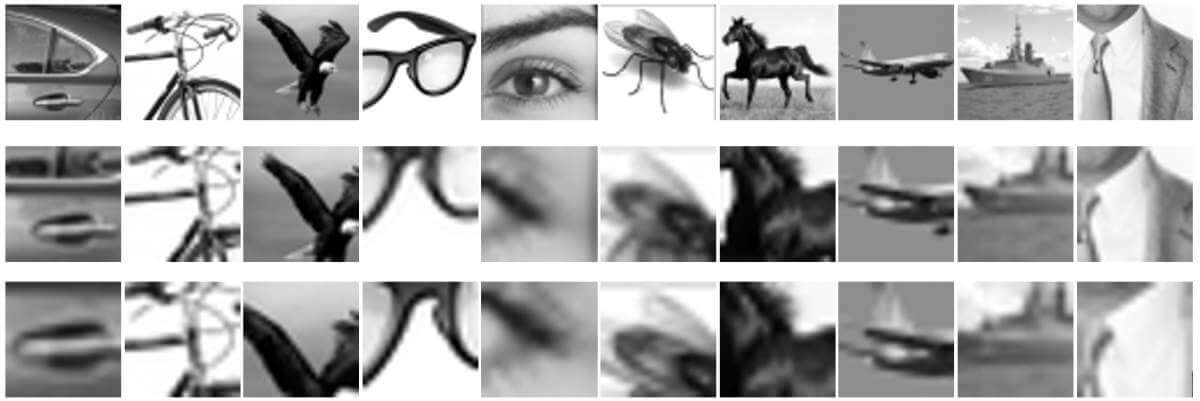The institute's scientists created a simulation of the activity of nerve cells in the retina based on eye movements of subjects while trying to identify a whole based on its parts. The recognition of the whole or its non-recognition was characterized by distinct activity patterns in the retina

When we say to someone, "Look how beautiful", we assume that when they look away, they will see what we see. But are humans really able to see "eye to eye"? "The short answer is - no," says Dr. Liron Grover. "Even the same person will see different things every time he looks again", raises the bar Prof. Ehud Ahisher.
Dr. Grover and Prof. Ahisher from the Department of Neuroscience of the Weizmann Institute of Science came to these conclusions inA series of studies on the human visual system. In the last study in the series, they focused on the differences between human vision and computer vision, previously discovered by scientists from the Institute's Department of Computer Science and Applied Mathematics. The group of mathematicians, led by Prof. Shimon Ullman, discovered that a computer algorithm, however sophisticated, does not come close to the ability of humans to identify a whole based on its parts. Moreover, while the computer's recognition ability decreased linearly as the part of the whole became smaller or more blurred, in humans this ability dropped sharply and suddenly beyond a certain degree of cropping or blurring.
In the new study, Dr. Grover and Prof. Ahishar teamed up with Prof. Ullman to track the pupil movements of subjects while trying to identify the whole based on its parts, and created a computer model to simulate the activity of nerve cells in the retina based on these movements. The scientists discovered that recognizing the whole or not recognizing it was characterized by distinct activity patterns in the retina. These findings strengthened the understanding that the interrelationships between the eye movements and the observed image are essential for its identification; When the scientists eliminated the possibility of producing these interactions - for example by moving the images together with eye movement - the research participants were unable to identify what was being photographed in them.
"Unlike a camera, which reproduces reality on film or digitally, the retina does not create copies of the world outside. Human vision is an active process that includes interactions between objects in the world and eye movements," says Prof. Ahisher. "When different people look at the same thing, their eyes take a different path. Even the eyes of the same person never repeat the same route, so in a sense, every time we look at something, it is a one-time experience."
""When different people look at the same thing, their eyes take a different path. Even the eyes of that person never return to the same track"
So how does the brain encode visual reality? Says Dr. Gruber: "When we view an object or a landscape, receptors in the retina are activated by changes in the light intensity resulting from eye movements. As a result, activity patterns of nerve cells are created which the brain can compare to patterns imprinted in the past and associate them with existing categories. But while the association with a certain category can be repeated, the chance that the exact pattern of activity will be repeated is zero."
The research findings clarify, among other things, why the identification of the whole based on its parts takes a relatively long time - about two seconds - more than six times than the 300 milliseconds necessary to identify a complete object. This is because decoding complex or partial images requires more eye movements, and therefore takes longer. For the same reason, it probably takes us a while to recognize a blurred object or decipher an optical illusion - for example, a Dalmatian dog hiding in a picture made up entirely of black spots on a white background.
